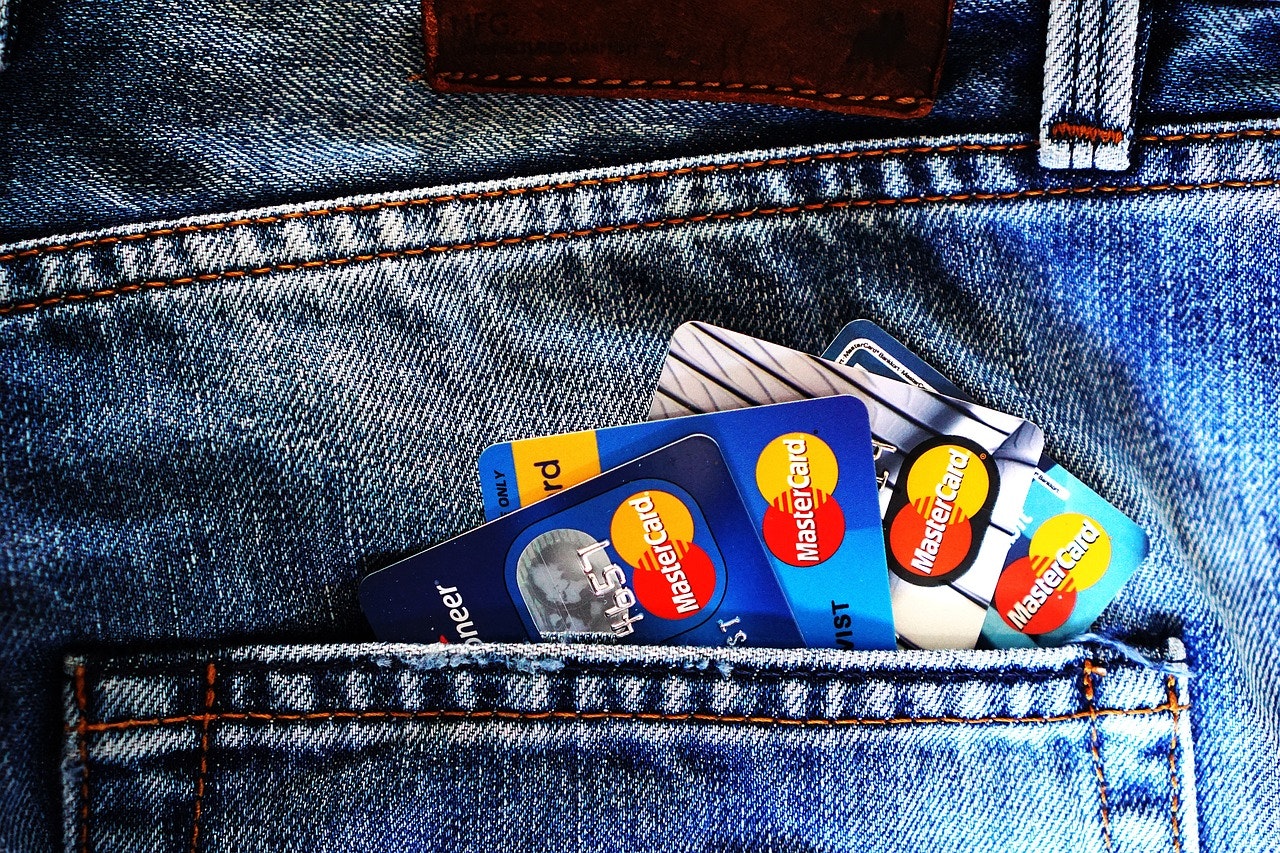The average American carries more than $6,000 in credit card debt — and yet, most of us won’t talk about it until it’s a crisis. Debt has a way of creeping into our lives quietly, then hanging over us like a shadow. It’s not just the numbers on your statement; it’s the late-night stress, the quiet shame, and the question that loops in your head: “How did it get this bad?”
Here’s the truth: credit card debt doesn’t happen because people are careless or lazy. It happens because the system is designed to make it easy to get in — and hard to get out.
The Siren Song of Credit Cards
Major credit card issuers in the U.S. spend hundreds of millions every year on advertising, and it works. How many credit card commercials have you seen while binging Love Island? Ever get mailers for “exclusive offers” that go straight into your recycling bin? Even hotel ads can be disguised pitches for a co-branded credit card.
And the rewards? Tempting. Travel points, cash back, TSA PreCheck, airport lounges, early concert ticket access. Credit card companies know the psychological trick: swiping your card doesn’t hurt the same way handing over $100 in cash does. You don’t even see the immediate dent in your checking account, so spending now has a less consequential feel to it. And who wants consequences? Not us consumers, we want instant gratification! And because credit is often offered to young adults with limited financial education, it’s easy to miss the fine print about interest, fees, and repayment terms.
The Hidden Traps
Credit card companies don’t want you to pay off your balance quickly — in fact, they literally profit when you don’t. The minimum payment keeps in their good graces, but it also keeps you in debt (aka their good graces) for years. With interest rates often between 20–30%, your balance very well might grow faster than you can pay it down.
Other traps:
- Penalty APRs that spike your interest after one late payment
- Balance transfers with promotional rates that expire before you’ve paid them off
- Lifestyle creep — upgrading your daily coffee, ordering out more often, or booking trips because “I can pay it later”
Combine these with stagnant wages and rising costs of living, and many households are using credit cards just to cover basic expenses. Over time, that “just until payday” swipe quietly morphs into a balance you’ve been carrying for a while.
The Emotional Weight
Carrying that balance isn’t just a financial weight, it’s also an emotional one. The stress of watching balances grow can lead to avoidance: ignoring statements, letting unopened envelopes pile up, or only making minimum payments to “keep the peace” with your bank.
Shame plays a huge role, too. We aren’t taught much about finances in our society but somehow it seems we all learned this: money troubles are a personal failing. And that incorrect belief keeps people from asking for help until it’s overwhelming. The truth is, millions of people are in the same position, and it’s not too late to change your situation.
What’s Next
Understanding why debt happens is the first step toward getting out of it. In Part 2 of this series, we’ll dig into strategies to stop the bleeding and start recovering, including how to prioritize debts, use balance transfers wisely, and negotiate lower interest rates. These tips are easy to read but harder to implement. Don’t worry though, I know you can do hard things.
Remember, the goal isn’t just to survive credit card debt, it’s to reclaim your financial freedom.
Talk soon,
Chandler

